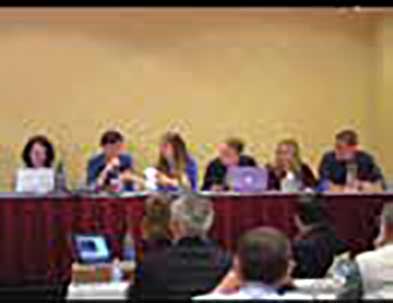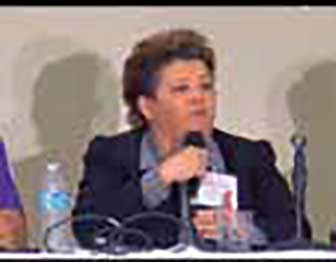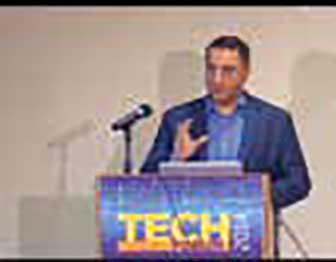Tech & Learning Live Highlights
This past fall, Tech & Learning Live (formerly Tech Forum) hosted two days of professional learning: one in New York and one in Texas. What follows are highlights of these conversations. You can find more discussions online at www.livestream.com/techlearning and in person in Long Beach (January 30), Atlanta (March 13), Boston (May 1), and Chicago (May 7).
E-RATE: THE GOOD, THE BAD, AND THE UGLY

Educators and parents can sign up for the free ISTE advocacy site to get updates about E-rate and lots of technology funding. It is so easy. They send you alerts. They send you language. They tell you whom to email. Some people say, “What’s one email going to do?” My daughter just finished a seven-year tenure as the legislative director deputy chief of staff for a congressman in Washington, D.C., and she told me that one email means everything. She said they have to count every email and phone call and report those numbers every week. Those metrics are presented to the commission and to the FCC chairman. So maybe one email won’t make a difference. But multiplied by thousands—it makes a huge difference.
–Sheryl Abshire, chief technology officer, Calcasieu Parish Public Schools, Lake Charles, LA
This classroom will be different from all the other classrooms in our school. The furniture will have wheels on it so you can change the format of the room to any design that you would want. If you want to just go into a corner and study or you want to work with your friends, you have the choice to do that in this room. There will be movable seats, movable desks, and then in the back we’ll have a corner that has bookshelves. We put that in there to emphasize independent learning—a quiet place you can go off and study. The bookshelves are going to have scripts and other textbooks that students can use for inspiration. We’ll also use face-forward tech installation of computers throughout the room with software like Autodesk, Adobe, Final Cut Pro, and Logic Pro.
–Students from Morris Catholic High School, Denville, NJ, present a 3-D rendering of their winning project in which they designed their dream classroom

IT AND CURRICULUM: CAN THIS BE SAVED?
We’ve always practiced the philosophy that curriculum drives technology. Based on this premise, we created a Long Range Technology Planning Committee (LRTP) or a “meeting of the minds” planning group that brings together technology, curriculum, school leadership, and more. We meet monthly to discuss projects or actions plansthat include critical implementations as well as standard planning processes that occur during the year. There are also subcommittees, and each subcommittee has a representative from technology and a representative from curriculum who attend and report at this meeting.
Tools and ideas to transform education. Sign up below.

We’ve had 10 years of a standardized package of technology in the classroom, along with our 1:1 implementation. That means we’ve been through a lot of professional development, but we’re at a point where we realize that maybe standardization isn’t necessarily where many classrooms need to be now. We’re going through a process of changing our standardized classrooms into transformational classrooms, which has caused a lot of tension between technology and curriculum, because one grade level may be using Chromebooks and another grade level may be using iPads. This makes it really important to keep the two departments talking all the time.
—Karen Fuller, CTO, Klein (TX) ISD

Digital citizenship is much more than just teaching a tool. It is a way to prepare students for a society full of technology. We know that there will be more devices in the future, not fewer. There will also be more wearable and embedded technologies similar to and extending beyond Google Glasses and Oculus Rift. All these things are moving towards this future that is less about technology being an add-on and more about it being embedded in our lives in a much deeper way. We need to look beyond the scary stats and help kids start thinking about the things they want to share with their families, with their classrooms, or with a larger audience. We need to support kids in their decisions around what to share, when it’s appropriate to share, and what the implications are of sharing certain things for yourself and for someone else.
—Alec Couros
